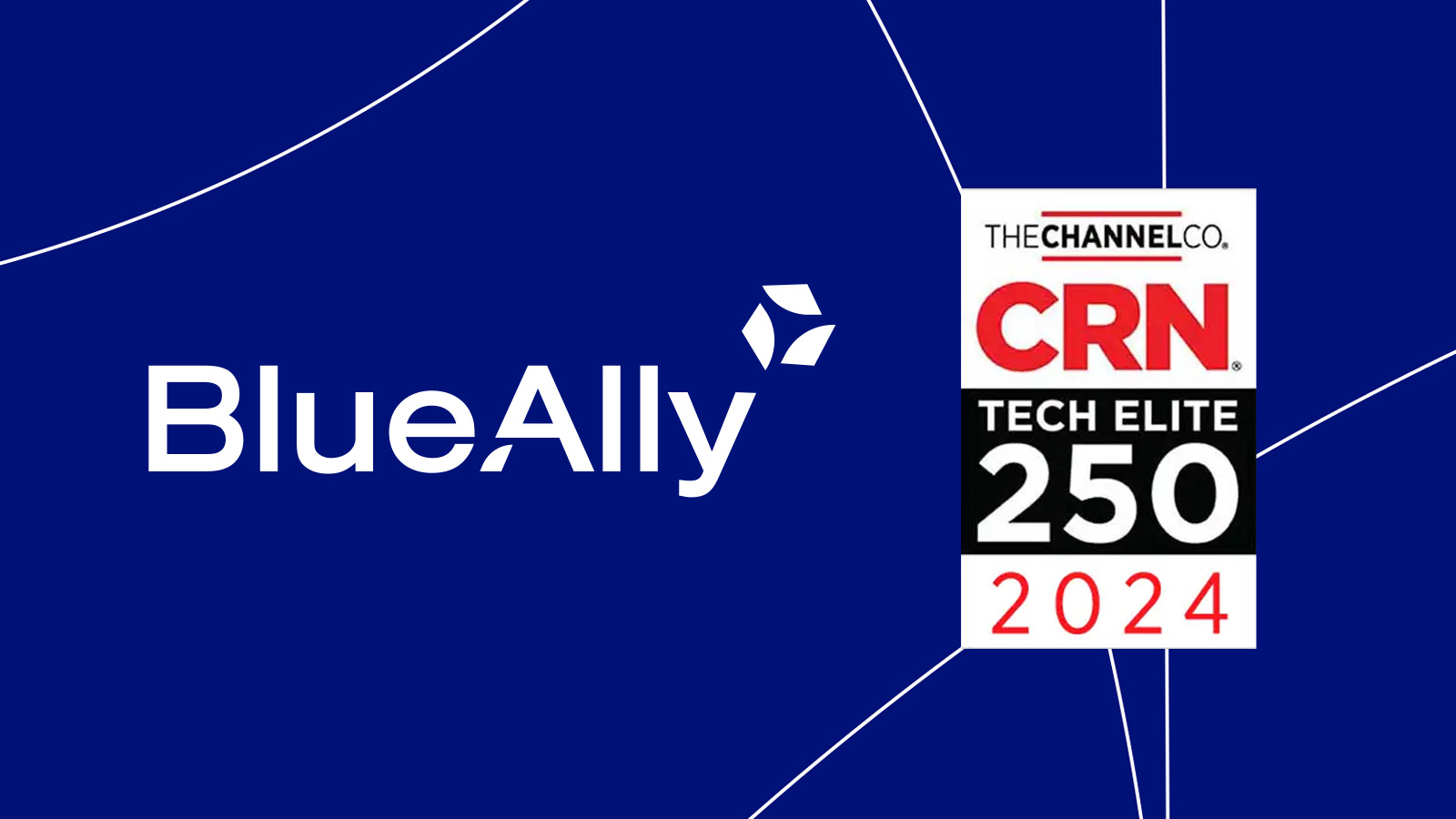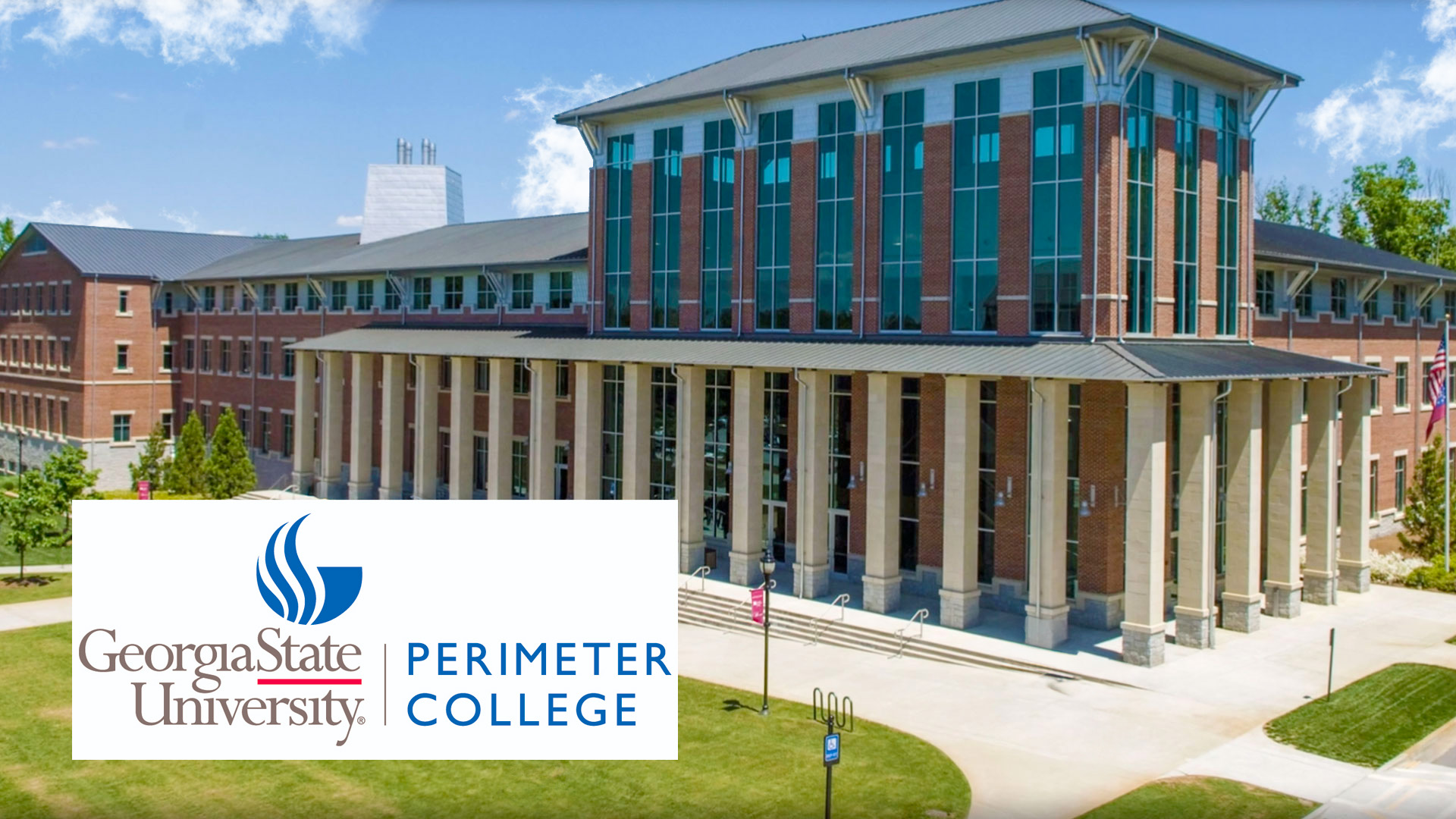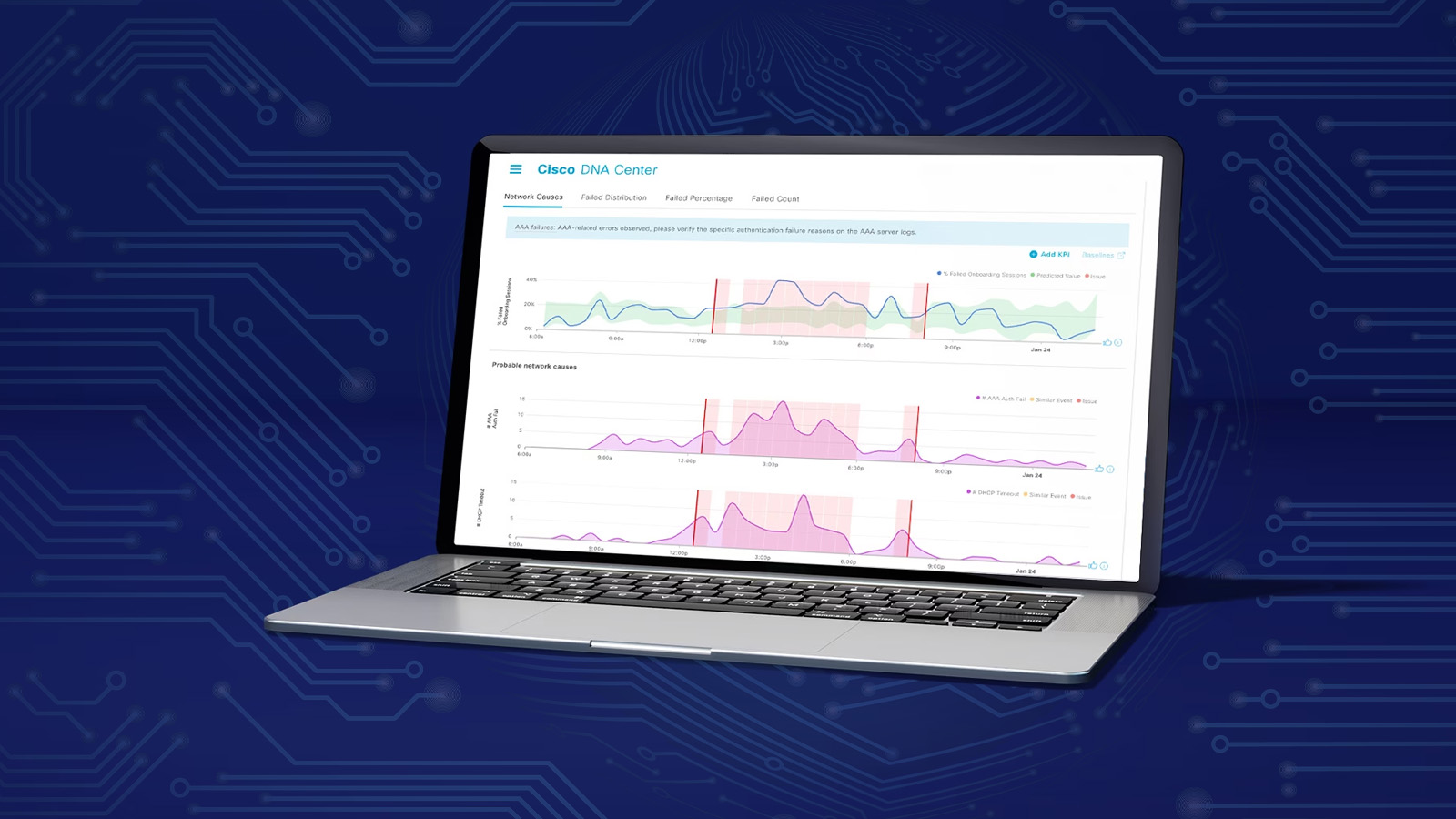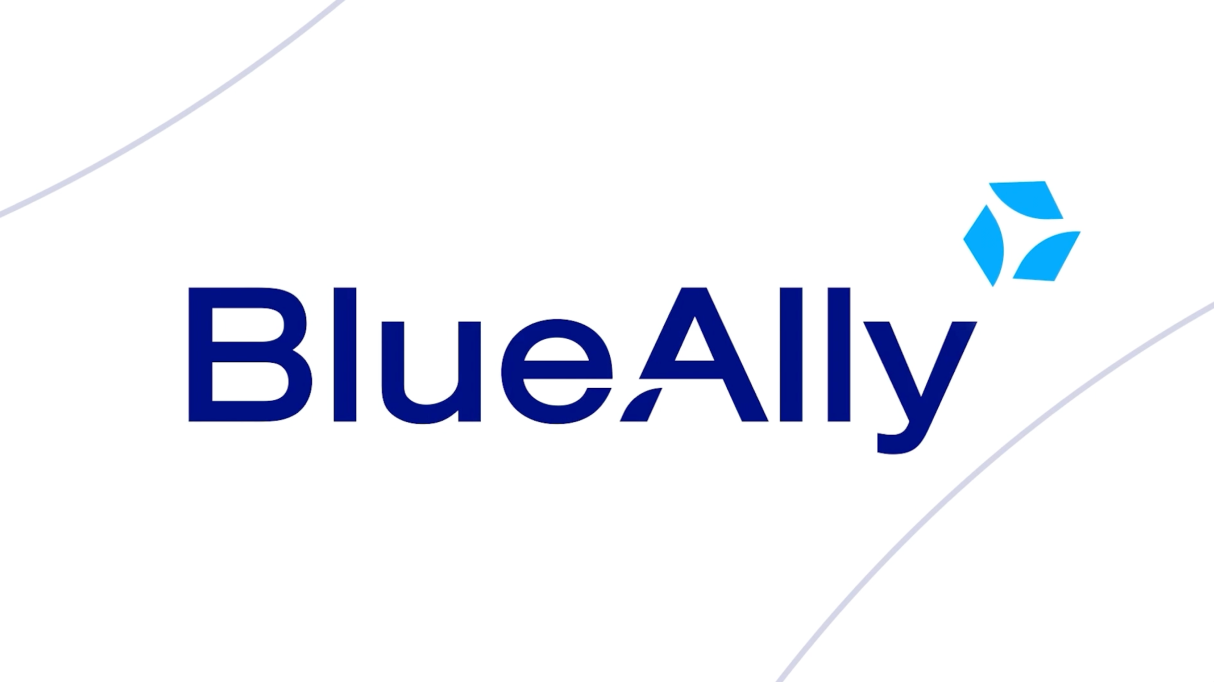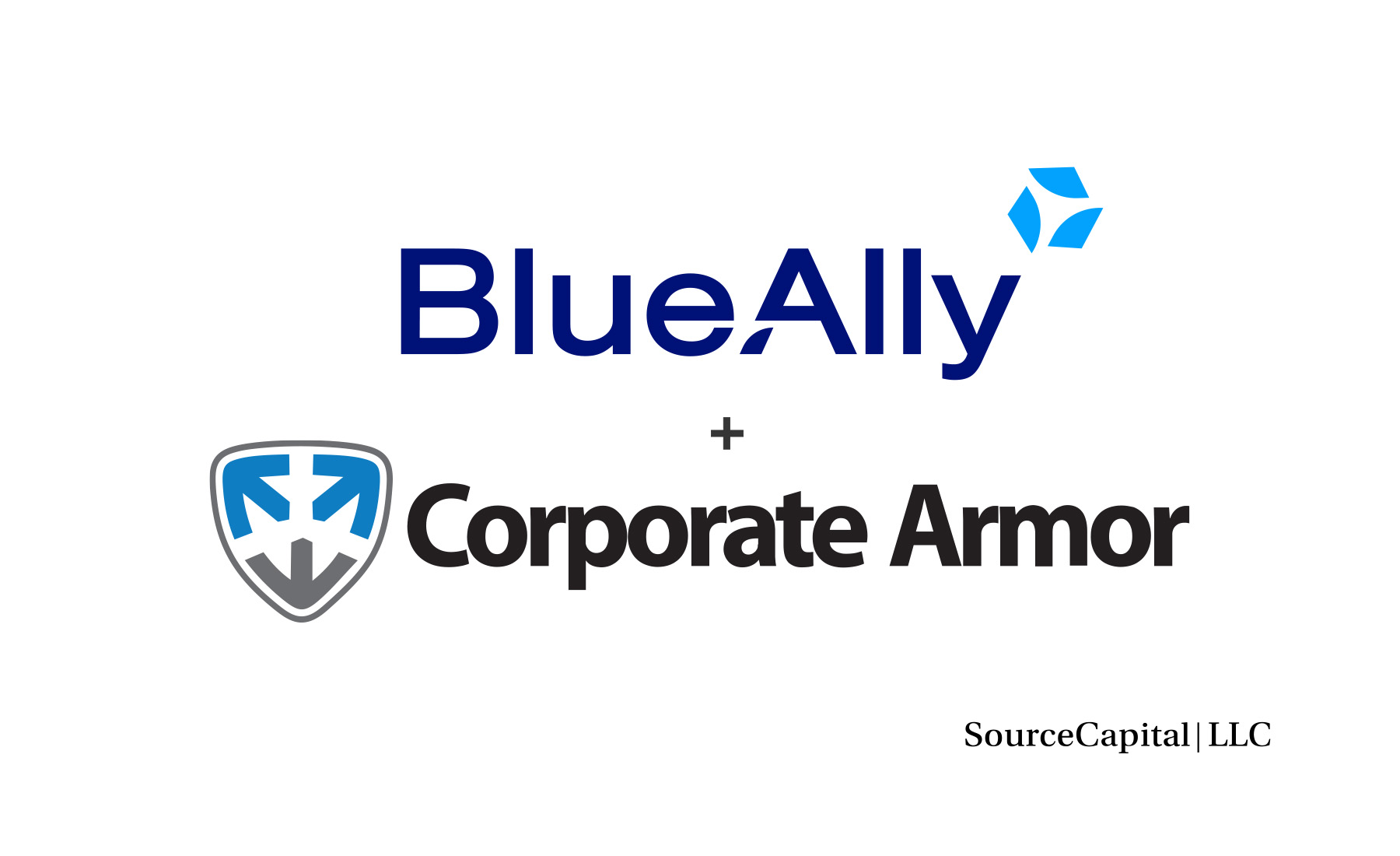 FEATURED
FEATURED
Today’s IT teams manage a complex landscape of tools, systems, and equipment from multiple vendors. As organizations grow across on-prem, cloud, and hybrid environments, each vendor adds new support contracts, integration challenges, and potential for blame when things go wrong.
This raises a strategic question: what if a single OEM could simplify it all?
HPE has quietly positioned itself as a comprehensive, end-to-end infrastructure provider. Today, it is a top-three OEM in networking, compute, and storage. From networking and wireless at the edge to compute, storage, cloud, and security at the core, HPE delivers a unified architecture that reduces complexity, accelerates deployment, and streamlines lifecycle management.
Now may be the right time to consider consolidation under one vendor—and discover how HPE, in partnership with a proven integrator like BlueAlly, can modernize your infrastructure and drive measurable business outcomes.
The Case for Consolidation: Why One OEM Makes Sense
Managing multiple vendors can seem like a strategy for staying flexible and selecting “best-of-breed” solutions. In reality, it often leads to fragmented architectures, duplicate tools, and misaligned updates across incompatible systems. As infrastructure becomes more distributed, these gaps become liabilities.
Enterprise IT leaders are taking notice—and the data backs this up:
- Gartner reports that 75% of organizations began vendor consolidation initiatives in 2022, largely to reduce complexity and risk.
- A Total Economic Impact (TEI) report from Salesforce found organizations that consolidated tools saved up to $2.5M within three years.
- SAP, citing an ADAPT CIO Edge report, notes that 68% of surveyed technology leaders plan to consolidate their vendor landscape.
Consolidation doesn’t just enhance efficiency—it also improves security, procurement, and support. HPE stands out as a leader with the breadth, depth, and reliability to warrant serious consideration for your infrastructure modernization.
What HPE Offers Across the IT Stack
HPE’s portfolio is extensive and tightly integrated. Through strategic acquisitions and ongoing innovation, HPE delivers a consistent architecture across every layer of enterprise IT. Here’s how HPE supports key infrastructure areas:
- Edge Networking, Security & Wireless: HPE Aruba and Juniper deliver high-performance networking, SD-WAN, Next-Gen Firewalls, routing, switching, and SASE.
- Unified Management: HPE Aruba Central offers AI-driven visibility, policy enforcement, and network control.
- Compute Infrastructure: HPE ProLiant, Synergy, and Cray systems power everything from general workloads to supercomputing.
- Storage: HPE Alletra provides cloud-native primary and secondary storage with unified data services.
- Hybrid Cloud & As-a-Service: HPE GreenLake delivers flexible, consumption-based pricing.
- Security: Zero Trust architecture is built in across the edge, network, and cloud.
- AI & Virtualization: Private Cloud AI and HPE Morpheus Hypervisor support scalable AI and virtualized workloads.
Individually, these offerings deliver strong performance and reliability. Together, they empower IT teams to manage and scale enterprise environments with consistency, unified policies, and streamlined APIs.
When paired with an experienced integrator like BlueAlly, organizations gain a strategic partner to design, deploy, and optimize HPE solutions tailored to their business goals.
Solving Real-World Problems from Edge to Core
If you’ve ever waited for two vendors to coordinate during a support escalation or manually reconciled configurations between platforms, the value of a unified OEM approach is clear.
| Common Challenge | Unified OEM Advantage |
| Siloed operations across networking, compute, storage | Centralized lifecycle management via HPE Aruba Central and GreenLake |
| Vendor finger-pointing during escalations | Clear accountability with a single stack and support partner |
| Integration delays across vendors | Faster deployment with pre-validated components |
| Compliance complexity with multi-vendor environments | Built-in security frameworks across all infrastructure layers |
| Scalability limitations from disparate systems | Elastic performance and capacity with GreenLake’s consumption-based model |
Case in point:
A financial services provider, EPS, faced scaling and compliance challenges while expanding its ATM infrastructure. By adopting a holistic solution with HPE GreenLake, EPS enabled secure, real-time transaction processing across a distributed network while meeting stringent PCI-DSS requirements.
A Guiding Hand Makes All the Difference
HPE’s strength lies in its integrated portfolio. But execution is just as critical. Success depends on the right deployment model—one that’s outcome-driven and backed by a strategic partner like BlueAlly.
A regional healthcare provider, for example, struggled with inconsistent infrastructure and rising operational costs, particularly when sharing Epic, a mission-critical application, across its growing hospital network. By working with BlueAlly to deploy an HPE converged infrastructure, the organization boosted compute density, reduced IT costs, and gained the agility needed to scale, all essential for delivering life-saving services.
These partnerships work best when the OEM, in this case HPE, provides technical certifications, simplified licensing, and unified roadmaps that support its integration partners. BlueAlly, in turn, offers a single point of contact to guide enterprise IT teams, eliminate guesswork, and accelerate transformation.
Better Outcomes When the OEM Is the Architecture
Modern IT is shifting toward platform-native infrastructure—fewer piecemeal solutions, more integrated blueprints.
HPE supports this transition through:
Native Zero Trust security and policy enforcement
GreenLake’s unified operational model (with a reported 40% reduction in management overhead)
Workload portability across edge, core, and cloud using consistent toolsets
Expanded AI and networking capabilities via the Juniper Networks acquisition
This last point is key: the Juniper acquisition strengthens HPE’s position in AI-native networking. For instance, the University of Oxford implemented Juniper’s Mist AI-driven wireless infrastructure campus-wide, enhancing visibility, improving troubleshooting speed, and increasing reliability for students and staff.
When solutions are designed to work together, lifecycle management becomes more predictable and efficient. And with an integration partner like BlueAlly, organizations realize these benefits even faster.
Conclusion: Simplify to Accelerate
Consolidation doesn’t limit choice, it empowers you to make smarter, more strategic decisions about where simplicity matters most.
HPE’s edge-to-core portfolio offers a unified approach to modern infrastructure, eliminating the friction of multi-vendor deployments. And with BlueAlly as your trusted HPE Platinum Partner, that transformation becomes seamless.
If you haven’t reviewed your infrastructure strategy lately, now’s the time. Explore how an HPE solution, designed and delivered with BlueAlly, can accelerate your next initiative. Learn more about BlueAlly’s consulting and managed services, and reach out to get started on your consolidation journey.






